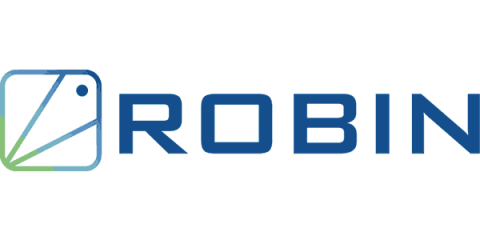Operations | Monitoring | ITSM | DevOps | Cloud
Latest Posts
Is Kubernetes the answer to the challenges in Multi-access Edge Computing - or is there more to this equation?
The market for Multi-access Edge Computing (MEC) is pegged at $4.25 billion in 2025. The reasons are many – from the recent surge in AR/VR gaming, to a growing preference for video calling and Ultra-High-Definition, and of course, the Internet of Things (IoT) that spawn SmartX applications, including cities, manufacturing, agriculture, and logistics. The majority of MEC opportunity is both driving and driven by 5G, and the two will grow hand-in-hand in the days to come.
Robin.io and AirHop Announce Strategic Partnership to Modernize Open RAN Solutions for 4G/5G Networks
Silicon Valley Tech Start-up consortium will accelerate Edge monetisation
How ORAN is moving the industry to a cloud-native model
Open RAN or ORAN is a game-changing Radio Access Network (RAN) evolution combining RAN functionality with cloud-native design, scale and automation. Legacy RAN was and is still intentionally designed using closed and proprietary architectures that locked operators to a particular vendor, for both radio and supporting hardware (baseband units). Now with ORAN, operators can not only decouple vendors, but also software from hardware, facilitating the migration to a cloud-native model.
Robin.io Joins Intel's Conversations in the Cloud to Talk 5G Automation
Hyper automation and the transformation of 5G networks was top of mind on a recent Conversations in the Cloud podcast sponsored by Intel that featured Robin.io’s Co-founder and CEO Partha Seetala.
Unified orchestration and lifecycle automation for end-to-end 5G deployment
Operators are currently modernizing their network for 5G deployments. Important elements in these transformations are the disaggregation of hardware and software. This transformation is seen in both the 5G Core (5GC) and Radio Access Network (RAN) architecture. Furthermore, the decoupling of hardware and software opens up the ability to support multi-vendor networks. SDN and NFV emerged as innovative technology for service providers to build their next generation networks.
Five Reasons To Choose Dell and Robin Cloud Native Platform For AI/ML (Blog series - Part 3 of 3)
In part 1 and part 2 of this series, we examined how AI/ML can help improve healthcare and the challenges faced by AI/ML teams in realizing the benefits respectively. In this part, we will explore how Robin and Dell can help overcome these challenges.
Robin.io Wins The Automation Solution Award at FutureNet World 2021
Robin.io continues to grab the attention of telecom industry peers and thought leaders with its approach to automation and orchestration of complex 5G networks.
Four Key Challenges To Adopting AI/ML In Healthcare (Blog series - Part 2 of 3)
In part 1 of this series, we examined how AI/ML can help improve healthcare. AI/ML is an ambitious undertaking that promises to revolutionize healthcare. Getting excited is easy, but where do you start and why is it not just another empty promise? In fact, despite all these promises and futures, most AI/ML projects fail and don’t deliver. The failure rate of AI/ML projects is starting to make some wonder if this is real or hype.



